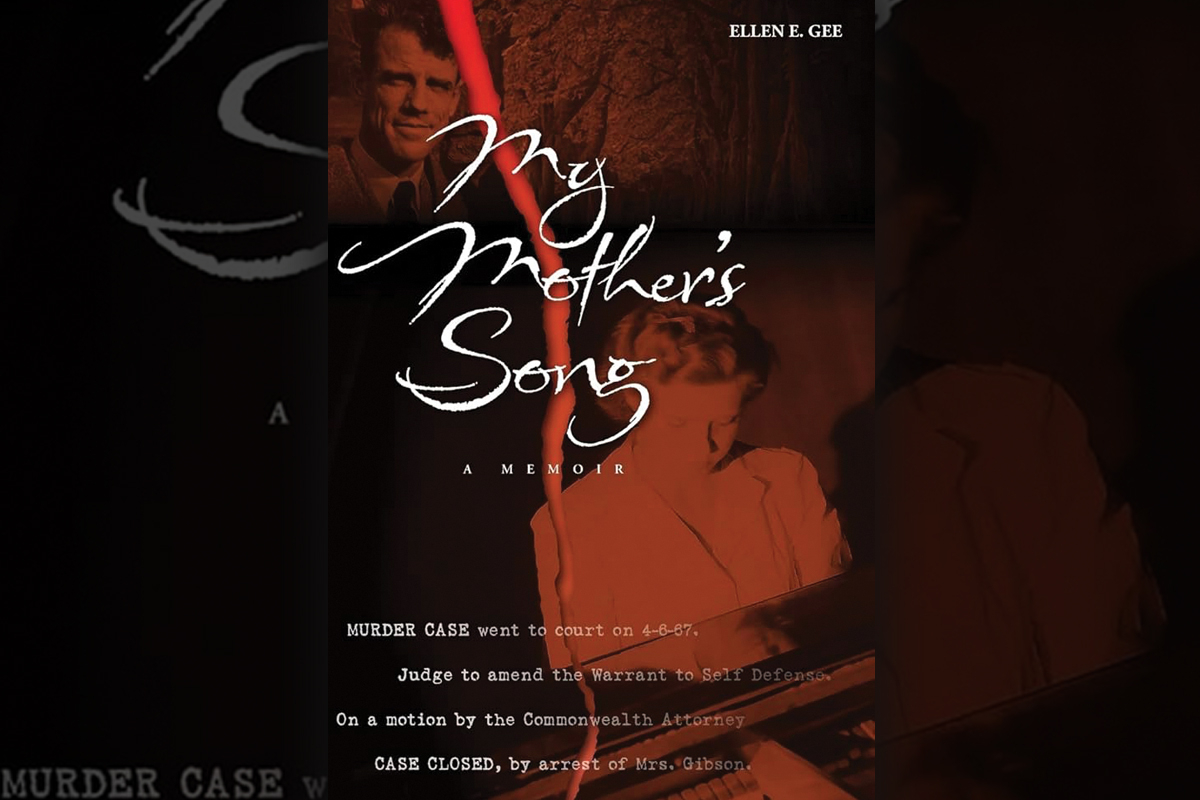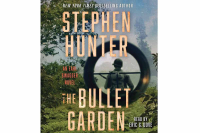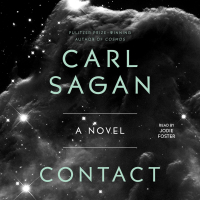The forgotten victims of violent death

Approximately 20,000 murders occurred in the United States in 2023. These killings ranged in scope from gang battles to domestic violence.
Most of these murders register only as a blip in the day’s news, a 15-second spot on the radio or a short column in the local paper. Occasionally, if the victim is some innocent high school kid headed off to college on a scholarship or a mom trying to prevent the death of her child, the news life is longer and may make a brief splash in the national media. Even then, the names and faces of these victims vanish with no more attention paid.
What we don’t see, what we can’t see, in these stories are the long-term ramifications of a death by violence for the families and friends left behind.
In “My Mother’s Song: A Memoir,” Ellen Gee takes readers into the shooting death of her father and its consequences for her mother, her siblings, and herself.
It was 1967, a spring day in an Arlington, Virginia, suburb. Gee’s mother, Josephine, “Jo” to her friends, had locked herself in her bedroom after fighting with her drunken husband, Edmund Gibson. With a pistol tucked into his belt, Edmund ordered his children, including the 10-year-old Ellen, to follow him upstairs, where he climbed a drop-down ladder into the attic and began throwing down clothing, books, and holiday decorations. Following his orders, the children took these items to the yard and heaped them into a pile.
Edmund soon joined them, splashed gasoline on this jumble of “throw-aways,” and burned them. When the flames died, he returned to the house, and convinced that his wife was hiding a man in her bedroom, went to the basement, grabbed a sledge hammer, and smashed in the bedroom door. That effort carried him through the doorway, at which point Jo, an expert marksman in her younger days, shot him five times.
Related Items
Gee places this day of violence in the middle of “My Mother’s Song.” In the first half of her memoir, she focuses on her parents and the family. Born and raised in Texas, her mother had been a member of an all-female shooting team at the Texas State College for Women. The team made national news for twice beating then all-male Texas A&M. While in school, Jo double-majored in music education and journalism. During World War II and for several years afterwards, she served in the Marines, where she taught the men how to shoot and assemble the Browning machine gun, a feat so unusual for a woman at that time that a photograph of her appeared in Life Magazine.
In the opposite corner was Edmund, an abusive, cruel husband and father, a control freak, a raging racist and a drunk. He held a steady job as a writer for the Navy, yet we learn little about the childhood and adolescent ordeals he surely suffered to become so unstable. Though he had some friends and admirers, it’s difficult to understand why.
After shooting Edmund to death, Jo was arrested, spent some time in jail, and then more time undergoing a battery of psychiatric tests, before being released under the condition that if new evidence emerged, she could be brought up on charges of murder.
Ellen’s description of her mother’s return to the family home is her first hint that Jo will never again be the same. While her brothers and sisters dashed across the yard to embrace their mother, Ellen stood frozen in place. “An empty, numb feeling came over me as my siblings ran toward the woman who wasn’t my mother. The body was the same, the features, everything, but something inside her was missing. The corners of her mouth hung down. Her shoulders slumped. Her eyes, filled with tears, were hollow. The only thing I could think of was, she’s dead, she’s as dead as my father.”
Much later in life, her brother Jim called Ellen to tell her their mother has died. Gee writes: “‘No, Jim,’ I wanted to say. ‘She really died twenty-two years ago.’”
The reverberations from that shooting, and from her abusive father, echoed through the years. At 17, Ellen became pregnant, left school, and married her boyfriend, Tim. Rejected by his father, the oldest Gibson sibling, Al, spent time in a detention home, attended the University of Virginia, and set off on his own, but could never find his way in life. After joining the Merchant Marine, he jumped one night from a ship into frigid waters and was drowned. Jo Gibson never truly recovered from the shooting, frequently retreating into her bedroom to escape her children, and unable or unwilling to keep up a tidy house.
In all this darkness, there was one bright light: Aunt Jeanne Marie, Jo’s sister. She and her husband were missionaries stationed overseas, but Jeanne Marie returned to the States to help out her nephews and nieces. She became the children’s rock both during this storm and for years afterwards, never criticizing, always present with a smile or a gentle touch.
Gee begins “My Mother’s Song” with a brief account of her mother’s funeral. Here she writes, “Hundreds of blackbirds fluttered over my head, cawing to each other as they landed in the treetops, hovering, watching us grieve.
“Perhaps the hardest part wasn’t grieving her death.”
“It was watching her live.”
In this simple sentence Gee reveals the thread that links together all those who have lost a loved one to violence. They will experience that trauma in their own special way, but at bottom is the one element common to all of them: suffering.
A good while after her mother’s death, Ellen Gee recounts visiting her mother’s grave — she’s buried in Quantico National Cemetery, the final resting place for many Marines. Kneeling by the tombstone, Gee said, “Mother, I want you know, I really did love you.” She then added about her own life, “I am happy here. I am happy to the very core of me.”
After so much chaos and regret, love, it seems, had finally conquered anguish.
(Jeff Minick reviews books and has written four of his own: two novels, “Amanda Bell” and “Dust On Their Wings,” and two works of nonfiction, “Learning As I Go” and “Movies Make the Man.” This email address is being protected from spambots. You need JavaScript enabled to view it..)

















